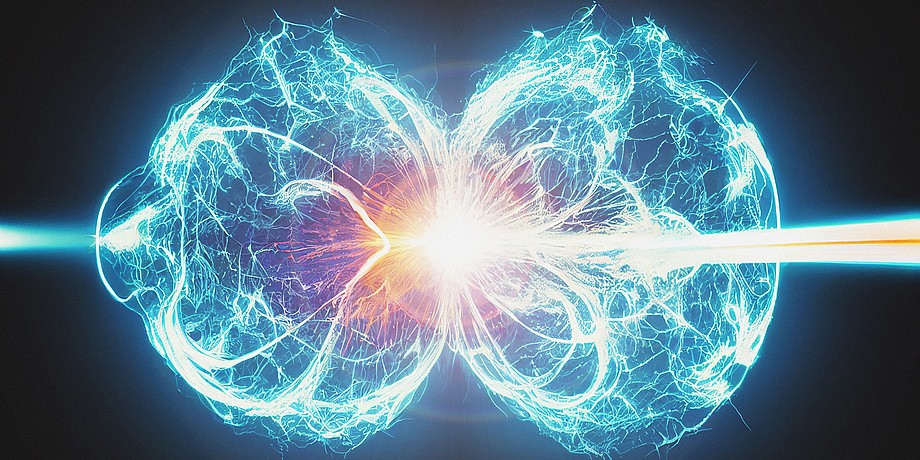Fusion and AI Synergy: Accelerating Innovation through IAEA’s Trailblazing CRP
- by ai
- in Breakthroughs, Featured
- on September 7, 2023

In a groundbreaking move, the International Atomic Energy Agency (IAEA) invites forward-thinking collaborators to participate in an ambitious Coordinated Research Project (CRP) aimed at propelling fusion research and development (R&D) through the integration of Artificial Intelligence (AI). This visionary initiative seeks to establish a dynamic platform and foster a cross-community network that drives innovation and partnership in the fusion field.
The Convergence of Fusion and Artificial Intelligence
Drawing inspiration from UNESCO's recent Recommendation on the Ethics of AI, AI systems are defined as dynamic information-processing technologies that encompass models and algorithms. These technologies imbue AI with the ability to learn and perform cognitive tasks, leading to outcomes such as prediction and decision-making in both physical and virtual realms. AI systems operate autonomously, driven by knowledge modeling, data exploitation, and correlation calculations. These encompass a diverse range of AI methods, including machine learning, such as deep learning and reinforcement learning, and machine reasoning, which covers areas like planning, scheduling, knowledge representation, reasoning, search, and optimization.
AI's Potential Impact on Sustainable Development Goals (SDGs)
AI systems have demonstrated the potential to make significant strides across all 17 Sustainable Development Goals (SDGs). Their remarkable capacity to address complex challenges becomes especially evident when abundant training data is available. In fusion science, AI-based modeling of plasma dynamics holds the potential to revolutionize predictive modeling, offering real-time monitoring, rapid design exploration, uncertainty quantification, and improved analysis of instrumentation data. The widespread implementation of these AI methodologies promises to advance both magnetic and inertial fusion research and development.
Overcoming Common Challenges in AI for Fusion Research
Yet, the development of AI applications for fusion faces challenges that are not unique to this field. Diverse data ecosystems across various institutes can pose hurdles in validating data-driven models, particularly in the context of complex multi-scale, multi-physics systems inherent in fusion research. Another challenge lies in the reluctance to share experimental or simulation data, driven by institutional policies, security concerns, intellectual property issues, or competitive apprehensions. Effective AI utilization requires collaborative efforts and diverse skill sets, necessitating integrated solutions for increasingly complex challenges. This interdisciplinary approach spans plasma physics, material science, and nuclear engineering.
Exploring the CRP's Objectives
The proposed CRP, titled "Artificial Intelligence for Accelerating Fusion Research and Development" (2022–2027), encompasses a comprehensive vision aimed at fast-tracking fusion R&D through AI integration. The CRP is structured around four distinct Work Packages, each designed to achieve specific research objectives:
1. Work Package 1: Revolutionizing Real-time Magnetic Fusion Energy (MFE) System Behavior Prediction, Identification & Optimization with AI Methods**
- Accelerating fusion R&D through the creation of a multi-machine database of experimental and simulation MFE data, adhering to FAIR (Findable, Accessible, Interoperable, Reusable) and Open Science principles.
- Enhancing access to AI knowledge and resources within the MFE domain.
2. Work Package 2: Unleashing Insights into Inertial Fusion Energy Physics (IFE) through AI-Driven Simulation, Theory, and Experiment**
- Expediting fusion R&D by establishing a comprehensive database of experimental and simulation IFE data, in line with FAIR and Open Science principles.
- Promoting accessibility to AI knowledge and resources within the IFE domain.
3. Work Package 3: The Visual Frontier - Assessing the Feasibility of MFE and IFE Image Databases for AI-Driven Applications**
- Evaluating the potential of an image database derived from MFE and IFE data, ensuring it adheres to FAIR and Open Science standards.
4. Work Package 4: Building the Fusion AI Community - Engagement and Skill Development
- Accelerating community engagement and capacity building.
- Facilitating the dissemination of AI methods applied to fusion R&D, fostering an inclusive environment for knowledge exchange.
In conclusion, the IAEA's CRP on "Artificial Intelligence for Accelerating Fusion Research and Development" is an extraordinary opportunity to harness AI's potential in advancing fusion science. By creating a collaborative platform and network, this initiative aims to propel fusion R&D forward and address the challenges faced by the scientific community. Join the journey towards a fusion-powered future, where AI and innovation converge to shape a sustainable world.
Can AI solve nuclear fusion? | Demis Hassabis and Lex Fridman
Tags: AI in Fusion